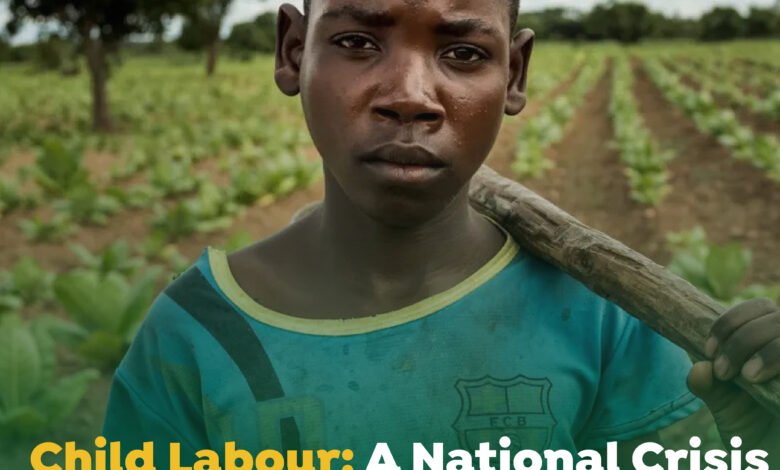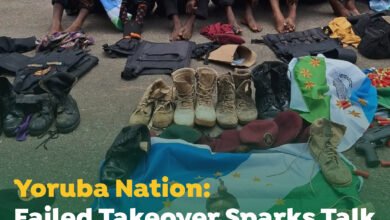
Children in Nigeria are facing a silent threat – child labour. A recent National Bureau of Statistics (NBS) report paints an ugly picture showing how millions of Nigerian children are being robbed of their childhood and education.
This report on child labour in Nigeria has sparked widespread concern. With over 30 million children engaged in child labour, accounting for 52.5% of the country’s child population, it’s clear that urgent action is needed to address this crisis.
Globally, child labour affects over 160 million children, denying them quality education and exposing them to hazardous working conditions.
Scary figures
In Nigeria, the NBS report reveals that 24.67 million children (39.6%) are engaged in child labour, with 14 million (22.9%) in hazardous work.
The report highlights that children between 5 and 17 spend an average of 14.6 hours per week working, with those between 15 and 17 spending a staggering 24.6 hours.
These figures represent more than just statistics. They represent the shattered dreams and compromised health of countless Nigerian children.
The report highlights these children’s long working hours – an average of nearly 25 hours a week for teenagers.
Imagine a teenager, burdened with such a workload, having any opportunity for education or a healthy life.
The Northwest region has the highest number of child labourers, with 6,407,102 children engaged in child labour, and 3,266,728 in hazardous work.
However, the Southeast region has the highest percentage prevalence of child labour, with almost half of the children (49.9%) engaged in child labour.
These statistics represent real children whose futures and health are being destroyed by circumstances beyond their control. And the numbers keep increasing annually.
For instance, in 2020, the number of child labourers in the country was estimated at 15 million, and two years later (2022), it jumped to 24 million and will continue increasing if nothing is done to address it.
Child labour, which is a situation whereby children are made to work in unhealthy places, is caused by many factors, but the chief among them is poverty.
Children who are mostly engaged in child labour are from low-income families. To boost the family’s income, their parents force them to go into hawking or work for the wealthy in exchange for wages.
The International Labour Organization, ILO’s Convention No. 182 defines Slavery, child trafficking, forced recruitment into armed conflict, sexual exploitation, drug production, trafficking or other illegal acts, debt bondage, and hazardous work that can cause injury or moral corruption as the worst form of child labour, and calls for their immediate abolish.
Consequences of Child Labour
International Children’s Emergency Fund (UNICEF) posited that the consequences of Child labour are staggering. “Child labour can result in extreme bodily and mental harm and even death. It can lead to slavery and sexual or economic exploitation. And in nearly every case, it cuts children off from schooling and health care, restricting their fundamental rights,” it says, equally noting that “child labour limits access to education and harms a child’s physical, mental and social growth.”
Ending Child Labour
Ending this national crisis requires a united front. The government must play a crucial role by enforcing existing child protection laws like the Child Rights Act of 2003 and the Labour Act of 1990.
Creating more job opportunities and amplifying awareness campaigns are also essential steps.
Parents, too, need support and education to understand the legal and ethical ramifications of child labour.
The scourge of child labour is a ticking time bomb that threatens to destroy the future of Nigeria’s children.
It’s a crisis that requires urgent attention and collective action from government, parents, and civil society.
There is an urgent need for Nigeria to create a society where children are protected from exploitation and allowed to reach their full potential





